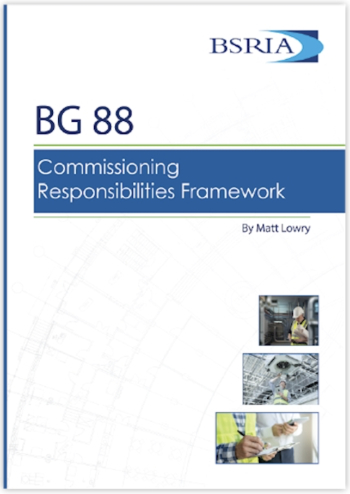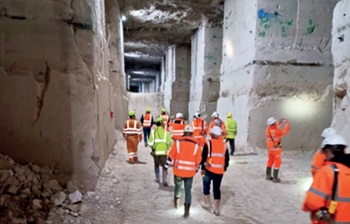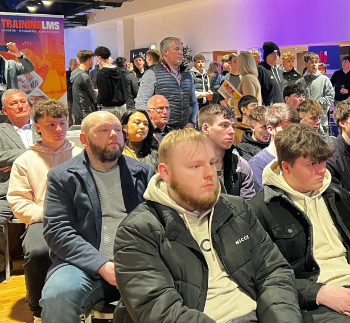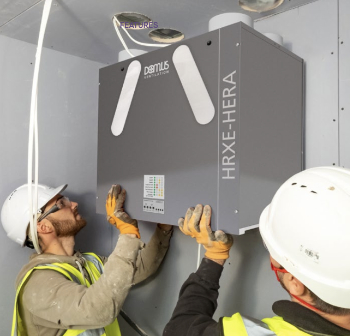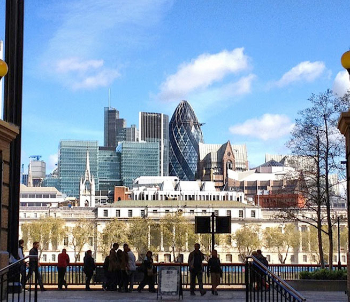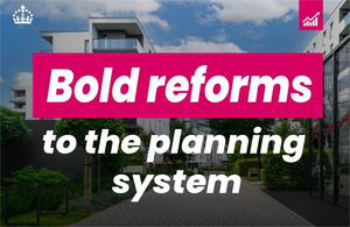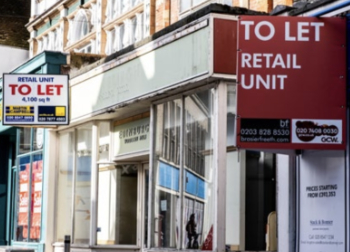Creating a smarter, more flexible energy system
In November 2016, the Department of Business, Energy and Industrial Strategy, together with Ofgem, launched their much-delayed electricity storage consultation. However, in the long wait since it was first mooted it has picked up some other facets.
Alongside storage, the consultation, A Smart, Flexible Energy System: A Call for Evidence, covers aggregators, demand side response, smart appliances, half-hourly tariffs, cyber security, ultra-low emission vehicles and electricity system operation.
The intention is for the consultation to help decide how the Government and the regulator can make the most of innovation and new technologies in designing the future electricity system to create the right environment for consumers to benefit from a smarter, more flexible energy system.
While the consultation uses the usual phrases like ‘flexibility’, ‘smart’ and ‘disruptive’, beneath this there appears to be a recognition not only that storage – and the electricity system – should be looked at as a whole but also that it interacts with other infrastructure sectors.
ICE has been arguing for the greater deployment of electricity storage for some time, seeing it as not so much a technical challenge but as a policy problem. This is because of the need to consider the electricity system as a whole, particularly with increasing electrification of heat and transport.
Putting new storage on the system would keep it in balance by addressing peaks and troughs in demand but in doing so it would also affect generators and distributors, aggregators and interconnectors, all in different ways.
Similarly, the recently published ICE-led National Needs Assessment, which examines the drivers of demand on infrastructure networks – such as economic and population growth, technological and climate change – stresses the importance of interdependencies, predominantly around energy, transport and digital infrastructure.
There are two opposing forces at work. The electricity system itself is becoming more disaggregated. The days of one-way flows from large generators to the consumer via the transmission and distribution grids are slowly fading. They are being replaced by multiple smaller-scale generators, often intermittent and often at long distances from demand centres.
At the same time, the electricity system is becoming more integrated with other sectors, for example through the large demands from electrification of heat and transport and the rapid expansion of digital systems. The way the electricity system is being used is changing, therefore, the way it works has to adapt.
As a consultation dedicated to electricity storage was expected near the beginning of 2016, it came as an initial surprise and disappointment to wait so long to find out storage was lumped in with so many other aspects in a 100-page call for evidence. On reflection, however, the way the consultation has been put together makes sense in that it recognises the interconnected nature of the electricity system.
While this is positive, it would be better if it went further and paid more attention to how electricity generation and supply has increasing interdependencies with other energy sectors, most notably heat and transport.
This article was originally published here by ICE on 6 Dec 2016. It was written by Gavin Miller, ICE Policy Manager.
--The Institution of Civil Engineers
[edit] Related articles on Designing Buildings Wiki
- Articles by ICE on Designing Buildings Wiki.
- Carbon capture and storage.
- Domestic heat pumps and the electricity supply system.
- Energy storage for buildings.
- Energy storage - the missing piece?
- Fuel cell.
- Significant Code Review.
- The Future of Electricity in Domestic Buildings.
- Why the UK needs to support emerging tech like energy storage.
Featured articles and news
Commissioning Responsibilities Framework BG 88/2025
BSRIA guidance on establishing clear roles and responsibilities for commissioning tasks.
An architectural movement to love or hate.
Don’t take British stone for granted
It won’t survive on supplying the heritage sector alone.
The remarkable story of a Highland architect.
The Constructing Excellence Value Toolkit
Driving value-based decision making in construction.
Meet CIOB event in Northern Ireland
Inspiring the next generation of construction talent.
Reasons for using MVHR systems
6 reasons for a whole-house approach to ventilation.
Supplementary Planning Documents, a reminder
As used by the City of London to introduce a Retrofit first policy.
The what, how, why and when of deposit return schemes
Circular economy steps for plastic bottles and cans in England and Northern Ireland draws.
Join forces and share Building Safety knowledge in 2025
Why and how to contribute to the Building Safety Wiki.
Reporting on Payment Practices and Performance Regs
Approved amendment coming into effect 1 March 2025.
A new CIOB TIS on discharging CDM 2015 duties
Practical steps that can be undertaken in the Management of Contractors to discharge the relevant CDM 2015 duties.
Planning for homes by transport hubs
Next steps for infrastructure following the updated NPPF.
Access, history and Ty unnos.
The world’s first publicly funded civic park.
Exploring permitted development rights for change of use
Discussing lesser known classes M, N, P, PA and L.
CIOB Art of Building photo contest 2024 winners
Fresco School by Roman Robroek and Once Upon a Pass by Liam Man.









